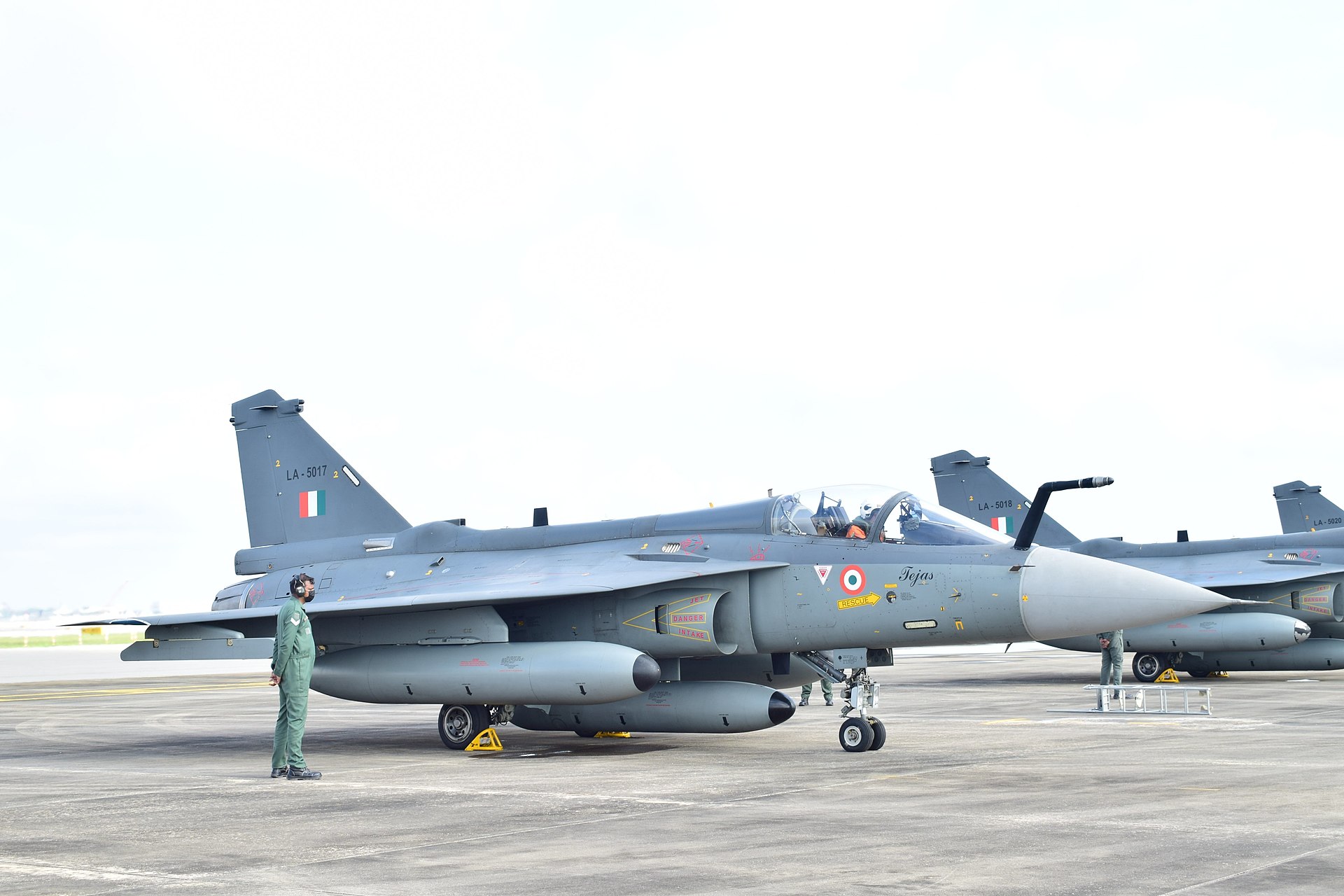The Ministry of Defense has found that India is not self-sufficient enough when it comes to engines for air, sea, and land systems.
Senior Indian officials have said that this field is getting more attention, and the number of partnerships between Indian defence firms and foreign original equipment manufacturers on engines is growing.
On February 14, Defence Minister Rajnath Singh told a seminar at Aero India 2023 that it was time for Indian planes to have engines that were made in India.
Singh said at the seminar that the Ministry of Defense is working on the details of making aero-engines in India. This will give the aerospace industry a new boost and make India completely self-sufficient.
Over the next ten years, India’s military plans to buy nearly a thousand engines for fighter planes. This includes 228 engines for 114 multi-role fighter aircraft (MRFA), 83 engines for as many Tejas Mark 1A fighters, 126 engines for Tejas Mark 2 fighters, 294 engines for 147 twin-engine Advanced Medium Combat Aircraft (AMCA), and 117 engines for 57 twin-engine Multi-Role Carrier Borne Aircraft (MRCBF).
The cost of the engines for each fighter plane is about 20–30% of the price of the plane itself.
A Rs 5,375-crore (Rs 53.75 billion) contract with General Electric for 99 GE F-404IN engines gives an idea of how much these engines would cost. That means that each engine will cost Rs 55 crore (Rs 550 million).
All of the other engines are newer, stronger, and cost more than the GE F-404IN engines because of this.
If each of these engines costs about Rs 75 crore (Rs 750 million), the MoD’s bill for buying aero-engines will be at least Rs 75,000 crore (Rs 750 billion).
Due to the need for regular maintenance and upgrades, its total cost over its lifetime will easily double to Rs 1.5 trillion over the next ten years.
In addition to these, a fleet of unarmed airborne vehicles (UAV), which are the new face of war, will need hundreds of aero engines. Since they don’t have to power such high-performance planes, UAV engines would be lighter and cheaper than fighter plane engines.
The Unmanned Combat Aerial Vehicle will be DRDO’s first high-performance vehicle that can drive itself (UCAV). This depends on the Kaveri engine project going well, which was DRDO’s bid for a Tejas engine that didn’t win.
The 50 kiloNewtons (kN) thrust of the Kaveri is enough to power the UCAV, but it is not powerful enough or reliable enough to power the Tejas.
Rolls-Royce, a British company, is the first potential foreign OEM partner to come forward. It has offered to work with DRDO to design and develop an engine for the AMCA, which will be the core of the IAF’s fifth-generation fighter fleet in about ten years.
But for now, Rolls-Royce is the only company that has offered to work with Indian partners to make a high-performance aero engine.
The relationship with French company Safran (which used to be called Snecma) has soured after four years of fruitless talks about working together to improve the Kaveri. Snecma didn’t want to share important technologies, like single-crystal blades and high-temperature materials needed for the combustion chamber of the engine.
DRDO already has a lot of material technology, like nickel alloys that can withstand temperatures of up to 1,400-1,500 degrees Kelvin. When the engine is making 80-90 kN of power, these temperatures are made in the “hot end.”
India also doesn’t have the tools it needs to make advanced aerospace products. The only wind tunnel in the United States is at the National Aeronautics Laboratory, and it has been there for almost 60 years.
US engine makers like Pratt & Whitney and GE didn’t want to share the intellectual property (IP) that could come out of a co-creation project. Under the Defense Trade and Technology Initiative, Washington and New Delhi were talking about working together to make a fighter engine, but American firms decided not to share IP.
Aside from Rolls-Royce, engine OEMs were mostly interested in maintenance, repair, and overhaul of engines that already existed.
Godrej Aerospace said that it had won a contract to make eight modules of the DRDO engine for use in the air. Godrej Aerospace beat out 25 other companies because it knows how to work with high-temperature materials and has been doing so for decades.
On February 13, GE signed a contract with Cochin Shipyard to give the LM2500 marine gas turbines that power the Indian Navy’s first aircraft carrier, INS Vikrant, better digital tools to improve their performance.
The Crown Group and Aniba Solution signed a Memorandum of Understanding (MOU) two weeks ago to design and build control systems for gas turbine engines used by the navy.
